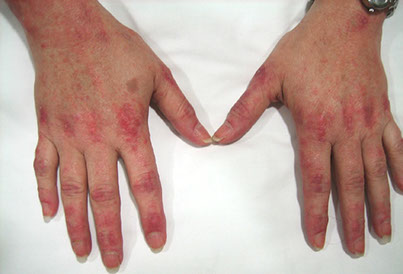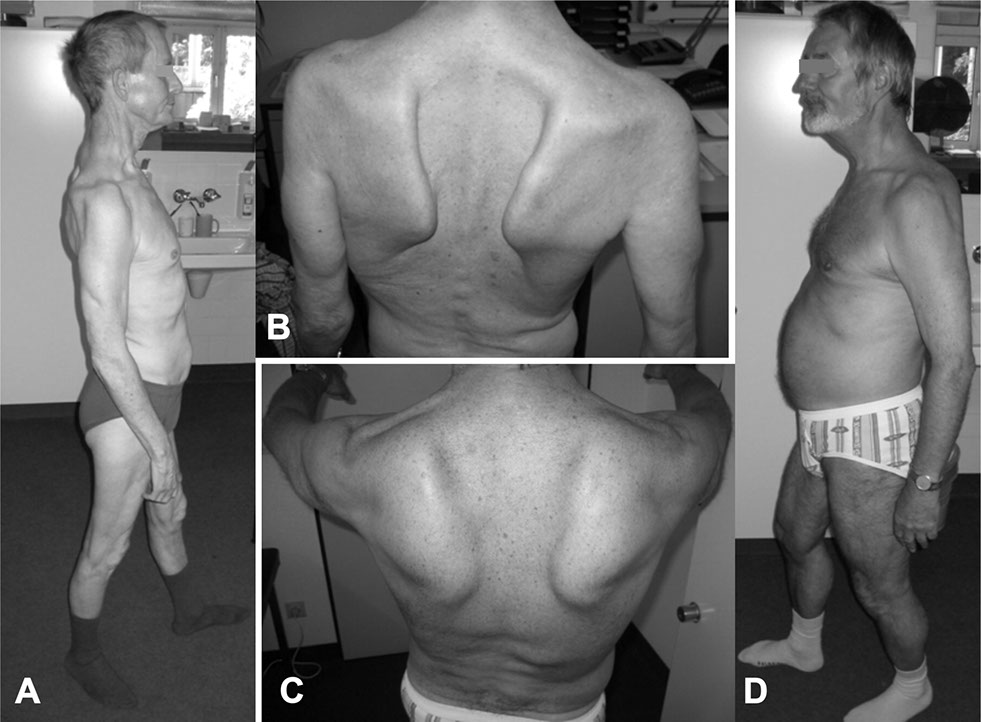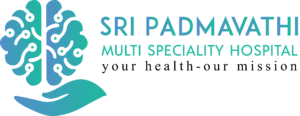
What Is Myopathy?
Myopathy refers to any disease that affects muscle tissue. Diseases of the muscle result in weakness, inflammation, tetany (spasms), or paralysis. Myopathy can be the result of either inherited or acquired causes. Acute “acquired” myopathies, such as acute stiffness, spasm, or cramp, are common
What is the cause of Myopathy?
Myopathy is a disease of muscle in which the muscle fibers do not function properly. This results in muscular weakness. “Myopathy” simply means muscle disease.
Myopathy Signs and Symptoms
Although symptoms depend on the type of myopathy, some generalizations can be made. Skeletal muscle weakness is the hallmark of most myopathies, with some noticeable exceptions, such as myotonia and paramyotonia congenita. In these two inheritable muscular disorders, the muscles become enlarged, rather than weakened and atrophied, and do not relax after contracting.
In most myopathies, weakness occurs primarily in the muscles of the shoulders, upper arms, thighs, and pelvis (proximal muscles). In some cases, the distal muscles of the hands and feet may be involved during the advanced stage of a disease.
Other typical symptoms of muscle disease include the following:
- Aching
- Cramping
- Pain
- Stiffness
- Tenderness
- Tightness

Initially, individuals may feel fatigued doing the very light physical activity. Walking and climbing stairs may be difficult because of weakness in the pelvic and leg muscles that stabilize the trunk. Patients often find it difficult to rise from a chair. As the myopathy progresses, there may be muscle wasting.
Myopathy Diagnosis
There is a national network of Muscular Dystrophy Association (MDA) clinics that specialize in diagnosing and treating myopathies. Neuromuscular specialists at these centers are familiar with current diagnostic tests and treatments for myopathy.
Often a specific myopathy diagnosis is unnecessary unless a patient wants to know for his or her own peace of mind. The specific diagnosis is more important if the myopathy is inheritable and children are or would be at risk for the inheriting disease.
Generally, a diagnosis involves several outpatient tests to determine the specific type of myopathy. In some cases, it is necessary to wait until the disease progresses to a point at which the syndrome can be identified.


